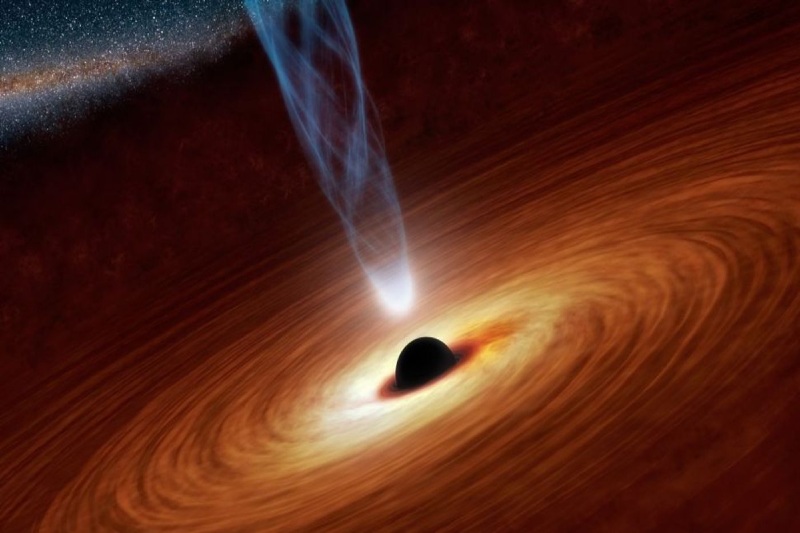Astronomers Discover Huge Sun-Devouring Black Hole Hiding in Plain Sight

With a brightness 500 trillion times greater than the sun, it consumes the equivalent of one every day.
In fact, the brightest object known to exist in the universe may be a freshly discovered quasar with a black hole in its center. The black hole, which is 12 billion light-years from Earth, is so huge and is generating so much light and heat that the team of astronomers that discovered it were amazed that they were the first.
“It’s a surprise it remained undetected until now, given what we know about many other, less impressive black holes,” Christopher Onken, an astronomer at Australian National University, said in a statement. “It was hiding in plain sight.”
Onken was a member of an Australian astronomy team whose remarkable discoveries were highlighted in a research that was published on Monday in the journal Nature Astronomy.
Quasar first mistakenly identified as a star
If not the oldest black hole in the cosmos, the recently found supermassive black hole that powers the quasar is pretty near.
The object is still very old, almost as old as the universe itself, which is 13.7 billion years old. It’s also enormous, measuring about 17 billion times the size of the sun in our solar system, according to a study led by astronomer Christian Wolf of Australian National University.
When the European Southern Observatory initially found the object, J0529-4351, in 1980, they believed it to be just a star. The identification of the object as a quasar—the incredibly bright centers of galaxies where gas and dust collide to become supermassive black holes—did not occur until last year.
To confirm the nature of the black hole, Australian scientists utilized the Very Large Telescope operated by the European Southern Observatory (ESO).
Astronomers see a chaotic, lightning- and wind-filled place
Naturally, black holes are notoriously challenging to see and analyze, but the Australian researchers believe that this record-breaker will be located in a violent, chaotic environment.
According to University of Melbourne astrophysicist and study co-author Rachel Webster, all the material is waiting to be consumed in an accretion disk that is ejecting tremendous radiation surrounding the black hole.
“In the adolescent universe, matter was moving chaotically and feeding hungry black holes,” Webster said in a statement. “Today, stars are moving orderly at safe distances and only rarely plunge into black holes.”
According to Wolf, it is a “gigantic and magnetic storm cell” with “winds blowing so fast they would go around Earth in a second” and temperatures that can reach over 18,000 degrees Fahrenheit. It is also beset by lightning.
To determine how quickly it is expanding, more observations are required, according to the researchers.